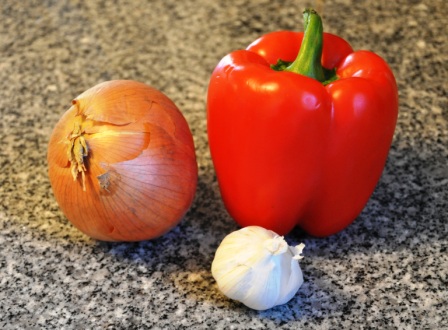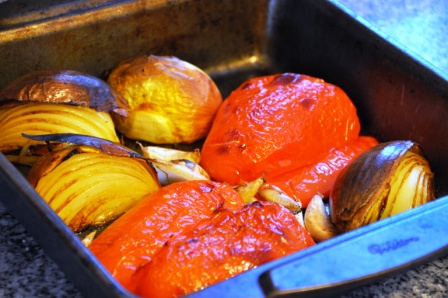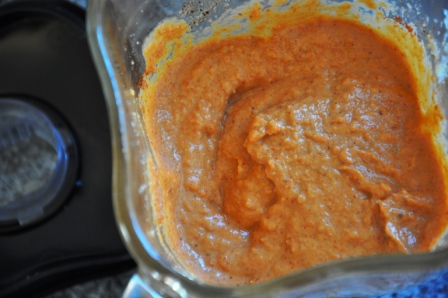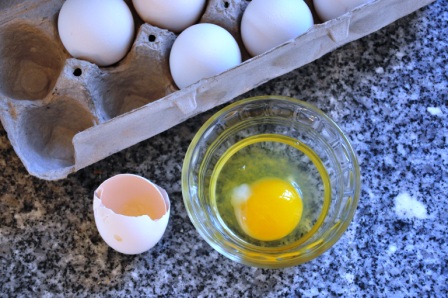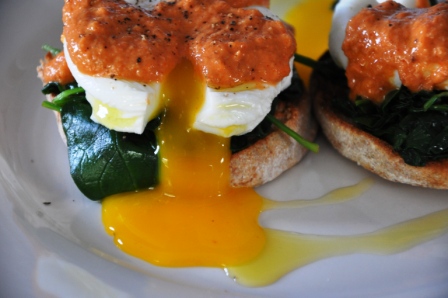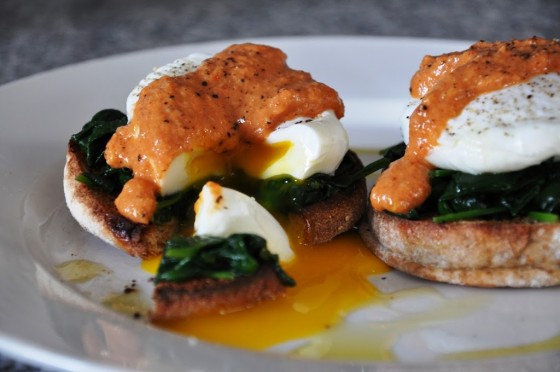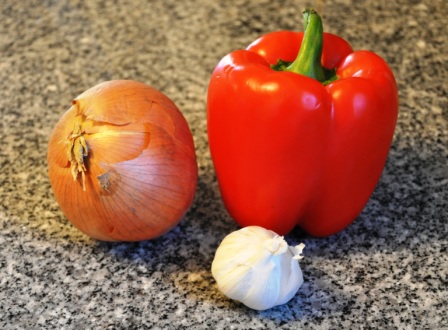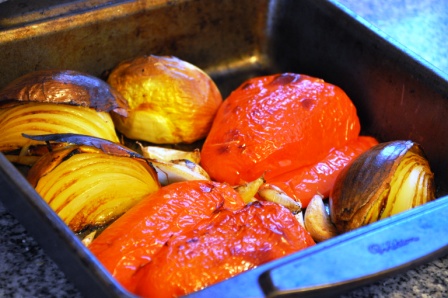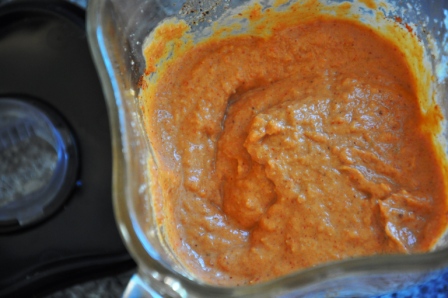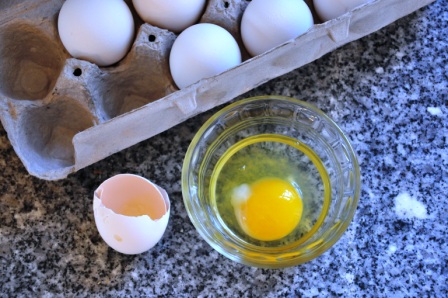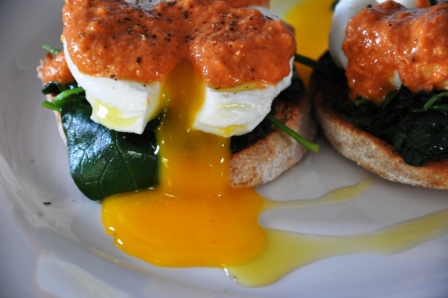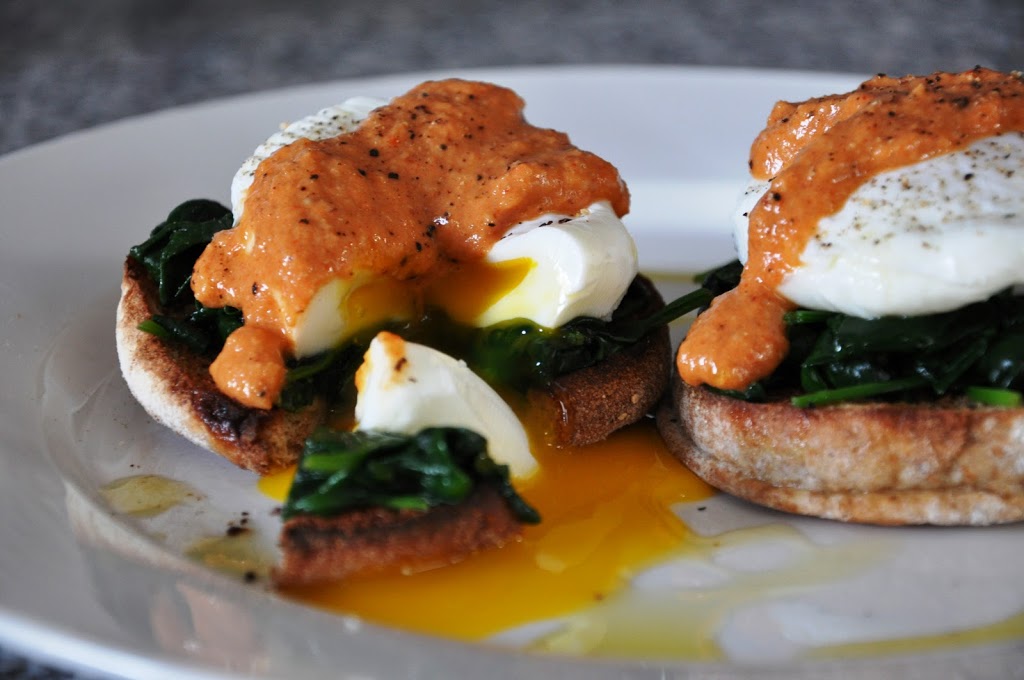The spring after my sophomore year at culinary school, I interned at a fine dining restaurant in southern California. While I only worked there for a little more than five months, I learned tenfold what I had in two years at school. The chef was a Certified Master Chef whom I respected, admired, and became quite close with. I still have many mixed feelings about my time there, but mostly I look back on it as a positive experience that has shaped who I am.
It’s hard to describe the “culture” of the kitchen. Everyone in the crew was made to feel part of the team, but unspoken jealousy, favoritism, and sexism were as easy to sniff out as the aroma of weed at a concert. We were close and there was a constant flow of playful shit-talking, laughter, jokes, and mischief. Prep time was light-hearted, although the imminent stress of nightly service was hard to ignore. During service, tensions ran high in the hot and sticky kitchen and talking was kept to a minimum so only Chef’s orders could be heard loud and clear. The pressure to get things perfect was intense, and I witnessed more than one person get fired on the spot or walk off the line in the middle of service.
I mostly worked garde manger, then grill/hot appetizers, and towards the end a few shifts as entremetier and honored saucier. When my good friend the pastry chef would go on vacation, I was delighted and flattered to take over for her (although I ruined a couple chocolate tarts initially, I loved making the crepe cakes, caramel sauce, pastry cream, crème Catalan, and amoretti cookies).
Mise en place (French for “everything in place”) was key, and meant having your station adequately prepped for service. That usually included kosher salt, ground black pepper, lemon halves, olive oil, no less than three types of butter (cold cubed butter, clarified butter, and beurre fondue which is emulsified melted butter), white wine, vinegars, minced and whole herbs, and assorted sauces. One of my favorite sauces was Romesco, a smooth and creamy Spanish sauce made from roasted peppers, onions, garlic, toasted nuts, bread, sherry vinegar and olive oil. We used it as the base of a sauce for clams with chorizo sausage and served it with crisp baguette toasts for sopping up the savory juices. It was so good that cooks would snag a toast to swipe in the Romesco sauce as they passed my station, so I always made extra toasts for my mise en place.
Sometimes it was uncomfortable (after a while one gets used to burns, cuts, and blisters) but I wouldn’t trade my experience there for anything in the world. While Chef showed me how to make tender gnocchi, fresh pasta, and silky soups, he also taught me the importance of finesse. While he made fun of my amateur plating attempts, he also taught me how to grow a thick skin and laugh at myself. While he made me remake countless batches of salad dressing until it was perfect, I learned that perseverance will always be rewarded with a well-earned compliment.
Like a volatile but passionate summer romance, my time at the restaurant came to its inevitable end. Sometimes I miss the restaurant and the people that I met, and although the scars on my forearms have faded, I’ll never forget the recipes, techniques, and life lessons I learned while I was there.
Eggs Benedict Catalan
I created this version of the classic dish Eggs Benedict to a. be more healthful than the original (by skipping the Hollandaise, adding sautéed spinach and whole wheat English muffins) but mostly to b. be a vehicle for the luscious Romesco sauce. I named the dish “Catalan” because the sauce hails from the Catalonia region of Spain.
An old restaurant trick: the eggs can be poached well ahead of time, up to 24 hours. Poach all the eggs at once, then shock them in ice water until cool and keep them submerged in water and refrigerated until ready to eat. Reheat in hot (not boiling) water for 1-2 minutes then drain on paper towels and proceed with the recipe.
Serves 2 (recipe can be multiplied to serve as many as needed)
1 teaspoon olive oil
2 cups spinach, fresh
2 whole wheat English muffins
1 teaspoon white vinegar
4 eggs, large
1/3 cup Romesco sauce (recipe follows)
salt and freshly cracked black pepper
good quality extra virgin olive oil for serving
Heat the olive oil in a medium sauté pan over high heat. Add the spinach and a pinch of salt and cook until the spinach has wilted. Remove to a small bowl and set aside. Toast the English muffins.
Fill a medium sauce pan two-thirds full with cold water and bring to a boil. Reduce the heat to low until the water is barely simmering and add the vinegar and a teaspoon of salt.
Crack an egg into a small bowl, then slip it gently into the water; repeat with the remaining eggs. Don’t stir the water, just let them cook for 30 seconds, then flip them over and gently swirl them in the water with a slotted spoon. Continue to cook for 2 minutes. Check to see if they are done by lifting an egg out of the water with the slotted spoon and poking it. The white on the outside should be firm and the center (where the yolk is) should be jiggly. For more well done eggs, cook until the yolks are hard. Once the eggs are done, remove to a paper towel and blot dry (or to ice water, see note above), then trim the scraggly edges off the whites.
Put two English muffin halves on each plate. Top each muffin half with a quarter of the sautéed spinach, one poached egg, and a couple tablespoons of the Romesco sauce and some black pepper. Drizzle a bit of the extra virgin olive oil around the plate and serve immediately.
Romesco Sauce
This delicious sauce is creamy, almost like aioli thanks to the bread crumbs, almonds, and olive oil, but it is actually vegan. This recipe makes a lot of sauce, but luckily it freezes extremely well. I make my own chili powder by grinding dried chipotle and ancho chilies in a coffee grinder but you can use pre-ground chili powder. Also, instead of almonds, you could use hazelnuts or pine nuts. This sauce can be thick, for dipping or spreading on toasts, sandwiches, and burgers or thinned out with water to sauce fish, chicken, or vegetables. It is absolutely addictive with roasted potatoes or French fries (instead of ketchup) and as a dressing for potato salad. It’s pretty amazing on anything, really.
Makes about 2 ½ cups
Ingredients
1 red bell pepper, halved and stem/seeds/ribs removed
1 yellow onion, skin left on and quartered
1 head garlic cloves, left whole with skins
1 tablespoon olive oil
1/3 cup sherry vinegar (red wine vinegar would be fine too)
1/3 cup good quality extra virgin olive oil
1 tablespoon chili powder
1 teaspoon cayenne pepper (optional)
¼ cup toasted almonds
¼ cup bread crumbs
2 tablespoons tomato paste
2 teaspoons salt, kosher
1/3 cup water (or more)
Preheat the oven to 500° F. Toss the bell pepper, onion, and garlic with the olive oil. Roast for 20-25 minutes until the skins of the bell pepper and onion have charred. Let cool, then remove all the skins from the vegetables (just pop the roasted garlic out of the skin).
Put them in a blender or food processor with the remaining ingredients and puree until the sauce is completely smooth. Taste for seasoning and thin with water to desired consistency.
